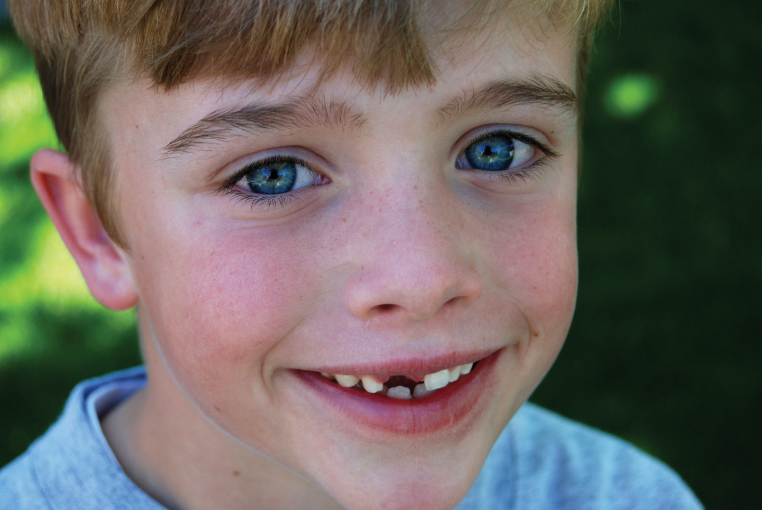Orthodontic Problems: Early Detection
Braces aren’t necessarily for teenagers anymore. If you look at high school yearbooks these days, you’ll notice less braces because most parents are bringing their children to the orthodontist earlier. In fact, the American Association of Orthodontists recommends the first visit to be around age seven. At this time, potential signs are becoming apparent and because bones and jaws are still growing it’s an ideal time to intervene to save families money with early intervention.
Although crooked adult teeth are a sure sign of the need for orthodontic appliances, there are other growth and development issues that can occur early on. Many people think that orthodontics can only be done when facial development is complete or until the adult teeth have come in. If you wait, the full correction of some orthodontic problems can become more complicated, longer, or not possible.
Some signs that may indicate that early orthodontics could be helpful are:

- Sucking thumbs after the age of six
- Mouth-breathing
- Teeth in top and bottom jaw don’t line up
- An overbite, crossbite or underbite
- Crowding, crooked, misshapen or overlapping teeth
- Teeth wearing unevenly
- Gum recession
Issues such as crowding are easier to address in young children because orthodontists can allow the teeth emerge from the gums in better positions utilizing tools such as palatal expanders. If a child’s mouth is too narrow, they used to need extractions. Nowadays, orthodontists can widen their smile to allow room for all or most of their teeth instead.
Getting a head start using early intervention makes orthodontic treatment down the road shorter and simpler. Ask us to evaluate your child’s teeth and contact us today for a free orthodontic exam and we will provide you with information about your child’s orthodontic health. Even if treatment is not indicated at that time, the initial consultation allows us to gather a baseline from which to follow your child’s orthodontic growth and development in our observation program. This ensures that if treatment is required, we begin at the right time for your child. Ask us to evaluate your child’s teeth from an early age.
*Photo provided thanks to the American Association of Orthodontists.
